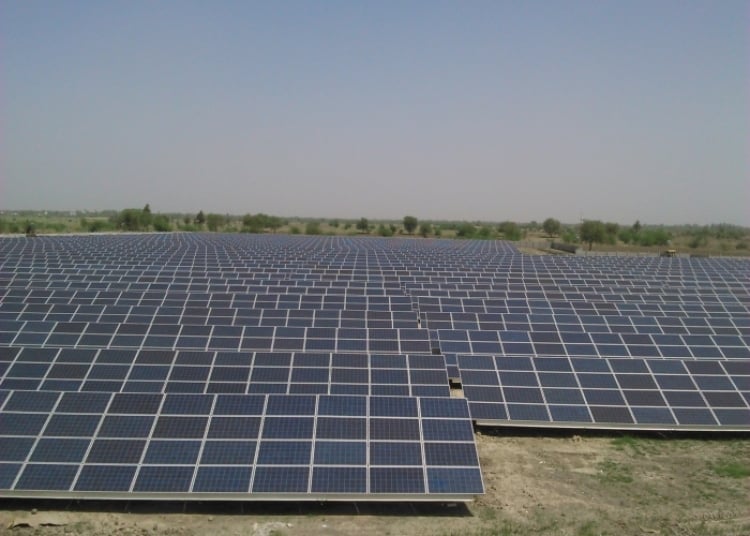
Indian renewables developer Avaada Energy has secured a 1,050MW contract in a tender issued by the government’s Renewable Energy Implementing Agency (REIA) and National Thermal Power Corporation (NTPC).
The capacity – which Avaada called the “single largest bid” won under an NTPC tender – was secured at a tariff of US$0.032 per kWh and will be completed within 24 months of signing the contracted power purchase agreement (PPA) with the government agencies.
Try Premium for just $1
- Full premium access for the first month at only $1
- Converts to an annual rate after 30 days unless cancelled
- Cancel anytime during the trial period
Premium Benefits
- Expert industry analysis and interviews
- Digital access to PV Tech Power journal
- Exclusive event discounts
Or get the full Premium subscription right away
Or continue reading this article for free
Avaada also confirmed that, with this deal, it has now secured agreements for over 15GWp of solar PV assets across India. In February, the company secured 1.4GW of PV in a government tender to be deployed in the solar hotspot states of Gujarat and Rajasthan.
The increase in tendered government capacity will be welcomed by the Indian solar sector, which only recently began to pick up its deployment numbers after a disappointing two years. A January report from JMK Research found that solar deployments decreased by 28% in 2023, largely due to “below-par tender issuance activity” between 2020 and 2022, which then left a dearth of commissioned projects in 2023.
Vineet Mittal, chairman of Avaada Energy’s parent company, Avaada Group, said: “We are incredibly proud to have won the single largest bid of 1050MWp from NTPC. My confidence in taking bigger bets increased after successfully completing the 1250MWp project at a single location in Rajasthan in 2022, which until 2023 was the single largest project developed by an IPP in the world.”
India’s utility-scale solar capacity installations increased by 400% year-on-year in Q1 2024. According to a Mercom Capital report last week, 9.7GW of large-scale solar capacity came online from January through March. The increase was largely due to alleviated backlog from previous quarters, the relaxation of the Indian government’s ALMM policy and the declining price of solar modules globally.





